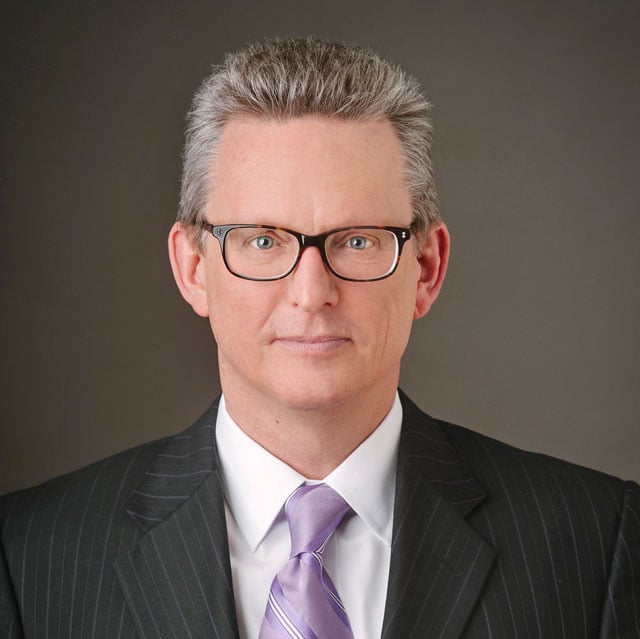The Retirement Spending Assumption Dave Ramsey, and Most Advisors, Aren't Talking About

What You Need to Know
Systematically increasing cash flow every year is not the best spending plan for every retiree, no matter the initial withdrawal rate.
Retirees have four main goals tied to cash flow, and they prioritize them differently.
With the right long-term strategy, it is possible to start taking from a $1 million portfolio at an 8% rate and not go broke.
One aspect of the Dave Ramsey-”Supernerd” throwdown no one has mentioned is the fact that delivering innovative, comprehensive, personalized cash flow in retirement requires more creative thinking than the financial services industry has shown to date.
Ramsey’s suggestion that retirees can withdraw 8% initially is not black and white because retirement income is a nonlinear process, and nonlinear problems have multiple solutions that require nonlinear thinking, sometimes called “creative thinking.”
Challenging assumptions is the genesis of creative thinking; however, most people are more prone to make assumptions, and doing so limits creativity. For example, Monte-Carlo-based research typically assumes you systematically increase cash flow by some amount that approximates the inflation rate.
The Four M’s
To understand how this assumption regarding systematic increases in cash flow limits creativity, one needs to consider the four cash flow goals of retirees that I call the four M’s. Retirees want to maximize cash flow in the early years (M1), maintain their standard of living, which is about enough cash flow in the later years (M2), minimize cash flow shocks (M3), and minimize principal erosion (M4).
Delivering personalized solutions means recognizing not everyone values each goal the same. Because many people reduce consumption in retirement, they don’t need cash flow to increase at the rate of inflation as Monte Carlo typically assumes and can afford to emphasize one or more of the other goals.
In the chart below I assumed two people each retire with $1 million at the start of 2000, a horrendous year to retire. Consistent cash flow (M3) is important to one, so they withdraw $50,000 each year (red line) while the other (blue line) wants to maximize cash flow in the early years so they withdraw 10% the first year, then reduce cash flow to a sustainable level based on decision rules I wrote.
The result is the variable cash flow paid more each of the first seven years and the same amount in the eighth year, maximizing early cash flow (M1) by distributing $547,000 over the first eight years compared to $400,000 for the fixed cash flow.






